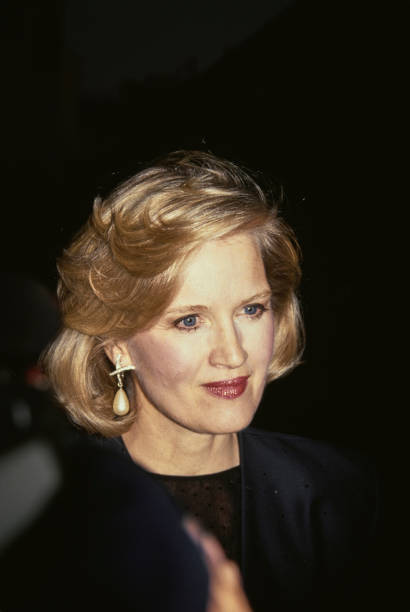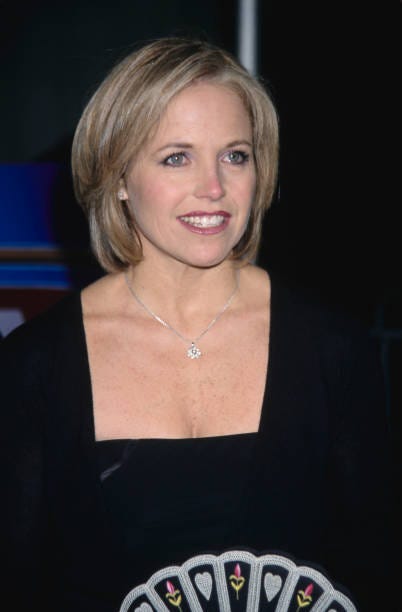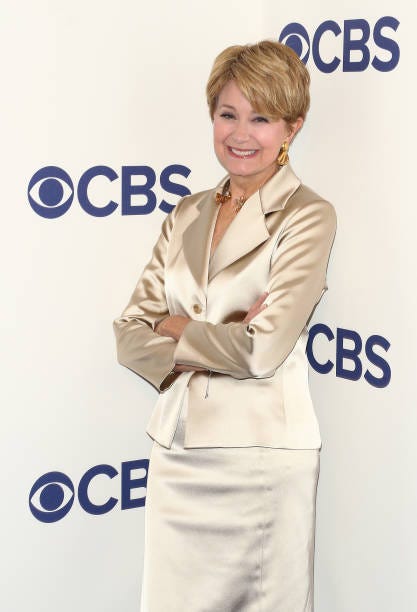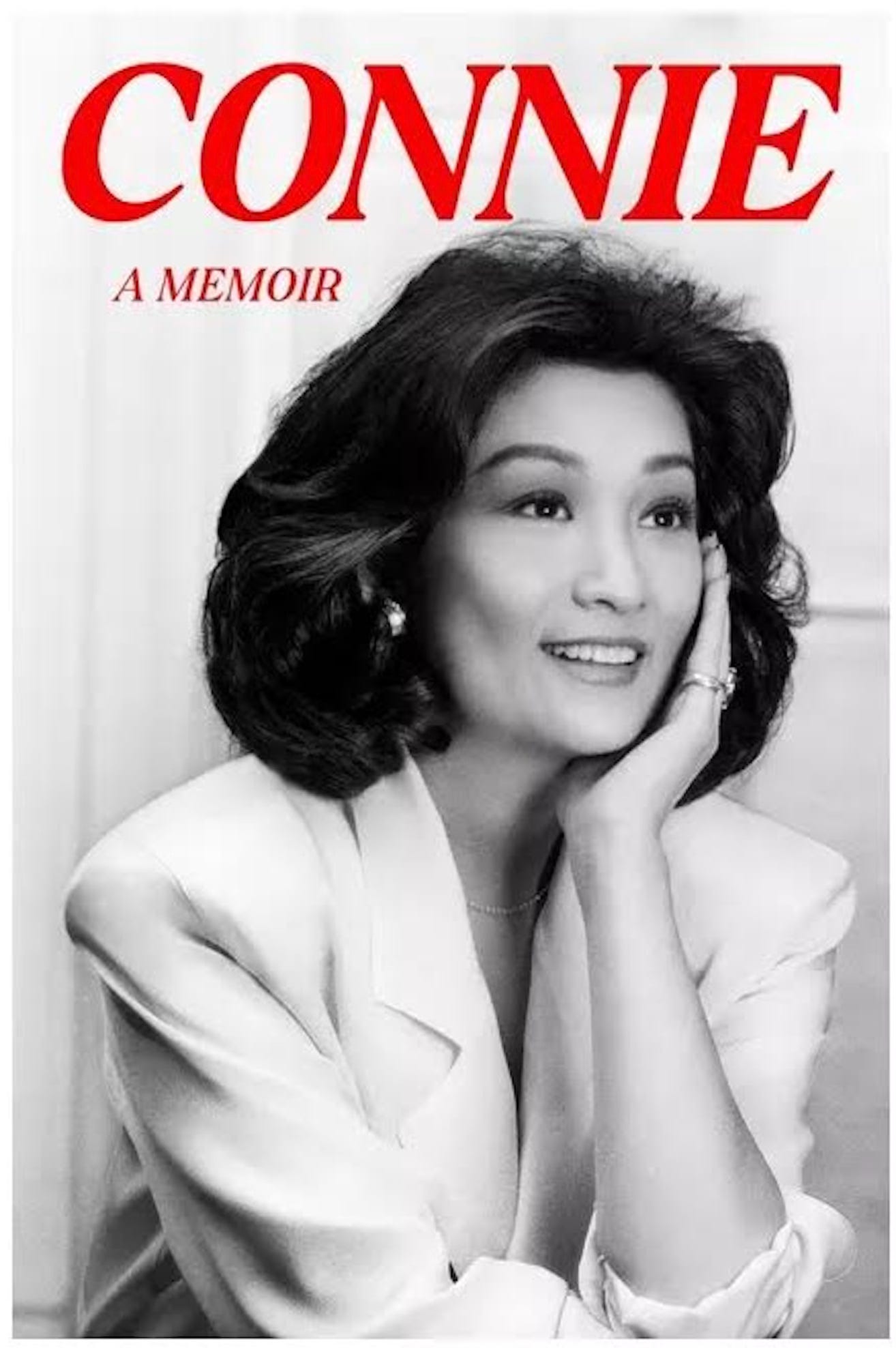When Connie Chung became co-anchor of the CBS Evening News in 1993, it was a major media milestone. In her recent memoir, Connie called it her “dream job, the best day in her professional life.” It was seen as the most visible achievement in America - up to then - by a Chinese American woman.
In those days, network newscasts ruled the airwaves and her co-anchor Dan Rather was one of the kings of the news media mountain.
However, Connie’s seat at the anchor desk wouldn’t last long.
Two years later, she was dumped. In a chapter titled “The Ax,” Connie says she got a call from her agent who informed her that it was was over. She would have to leave the anchor chair.
I guess when you get fired at the network anchor level, the bad news gets delivered to you by your agent. Management doesn’t want to look you in the eye when they give you the boot.
I never had an agent, and at the two stations where I was fired my immediate supervisors gave me the ax in person, over lunch. Actually, the two news directors who fired me were friends of mine, they always told me how much they liked my work.
I learned to look out when they invite you to lunch.
Bob Long, the news boss at KNBC was a fellow ex Marine who took me out to a Vietnamese bistro and after plying me with drinks told me I was fired. At the age of 70, I was the oldest person in the newsroom.
Forgot to mention, Bob told me the station had also fired him. He was my age.
In Sacramento, Jim Drennen fired me over lunch at a Chinese restaurant near the Capitol. Our salaries were much lower than competing stations, I had led a successful drive to start an AFTRA union at KXTV. Jim told me they didn’t want me at the station any longer. Still, I remained friends with both of the men who fired me.
In her book, Connie Chung points out that sexism was pervasive in TV newsrooms across the country during most of the last century. Take a look at this photo of the newsroom staff at KXTV in the mid 1970s. It’s all guys.
I’m the guy in the back row wearing a black shirt, second from left.
There was one woman on the reporting staff, a former Miss Texas. But she worked strictly on the noon show which targeted housewives. This photo was probably taken in the afternoon after she had gone home.
However, several women were able to make a breakthrough to the top of television news. Barbara Walters broke barriers for women as the first female co-host of the “Today” show. And later she became the first female anchor of a network evening news program.
Barbara’s career lasted more than 50 years, she was nicknamed the “million dollar baby” because of her five-year $5 million contract at ABC. Walters’ interviews with newsmakers like Fidel Castro, the Shah of Iran and celebrities like Lady Diana and Michael Jackson helped make her the highest-profile broadcast journalist in the country.
Barbara’s success opened opportunities for Katie Couric, Diane Sawyer and Jane Pauley, women who became household names because of their skills and likability.




Clockwise from top left Barbara Walters, Diane Sawyer, Jane Pauley, Katie Couric.
The good news is: everything has been turned upside down. Now that women have been given a chance, they have proven to be excellent television news reporters: including war zones, and politics. Many woman have won Emmys and also received big money contracts.
In Los Angeles, news anchors Kelly Lange, Christine Lund and reporter Ruth Ashton Taylor were the pioneers. Kelly Lange was the first woman to anchor a local newscast at any of the NBC owned stations across the country.
For a time, Kelly was the highest paid person at KNBC News.

“How did I do it?” quipped Kelly several years ago.
“My hands are still bloody from breaking the glass ceiling. Nobody wanted me. They didn’t want a women to anchor the news. Who ever heard of that?” she added, laughing at the memory.
In LA, women still had to earn their bones as breaking news street reporters. Laurel Erickson, and Adrienne Alpert were clearly among the best in town.
Several years ago a survey claimed that women represented more than 53 percent of TV news reporters. The Radio-Television News Directors Association is now claiming that forty-four percent of all TV news staffers are women. Forty-two percent of TV news directors are women.
The presence of more women on camera is also good for business. Let’s face it, the lifeblood of television involves advertising products that people will want to buy. Most of the spending in America is done by women so it makes sense to bring more women into the mix, at every level.
The single white male news anchorman has become an endangered species. I was sorry to see Brian Williams vanish from the airways.
A University of Washington analysis of cable TV news claims that “viewership responds positively when women receive a greater portion of screen time….. Some cable news shows have recognized this pattern and gradually adjusted their on-screen product.”
Short answer: Bring in more women on camera.
Once a rare sight, the rise of female news anchors and reporters on TV has become an accepted norm of our culture. The days when newsrooms were strictly boys clubs are long over.
After leaving the news business and all of its attendant sexism, Connie Chung says her long marriage to talk show host Maury Povich and a newly adopted baby brought her happiness and contentment.
Tune in next week!








Back in the early 70's at KXTV, it was an all-male newsroom, but it was also no minorities on camera. I was the first minority and first Hispanic to go on air. I was working on the floor crew 4 days a week and then News Director Jim Drennan had me doing news one day a week, then early morning anchoring 5-minute newscasts, and then Bill Clarke had me as his weekend field reporter on weekends, and then I was off to Stockton.
Terrific story. It’s good to read about a global story about the tv news world. It’s funny too. And bravo to you for celebrating women.